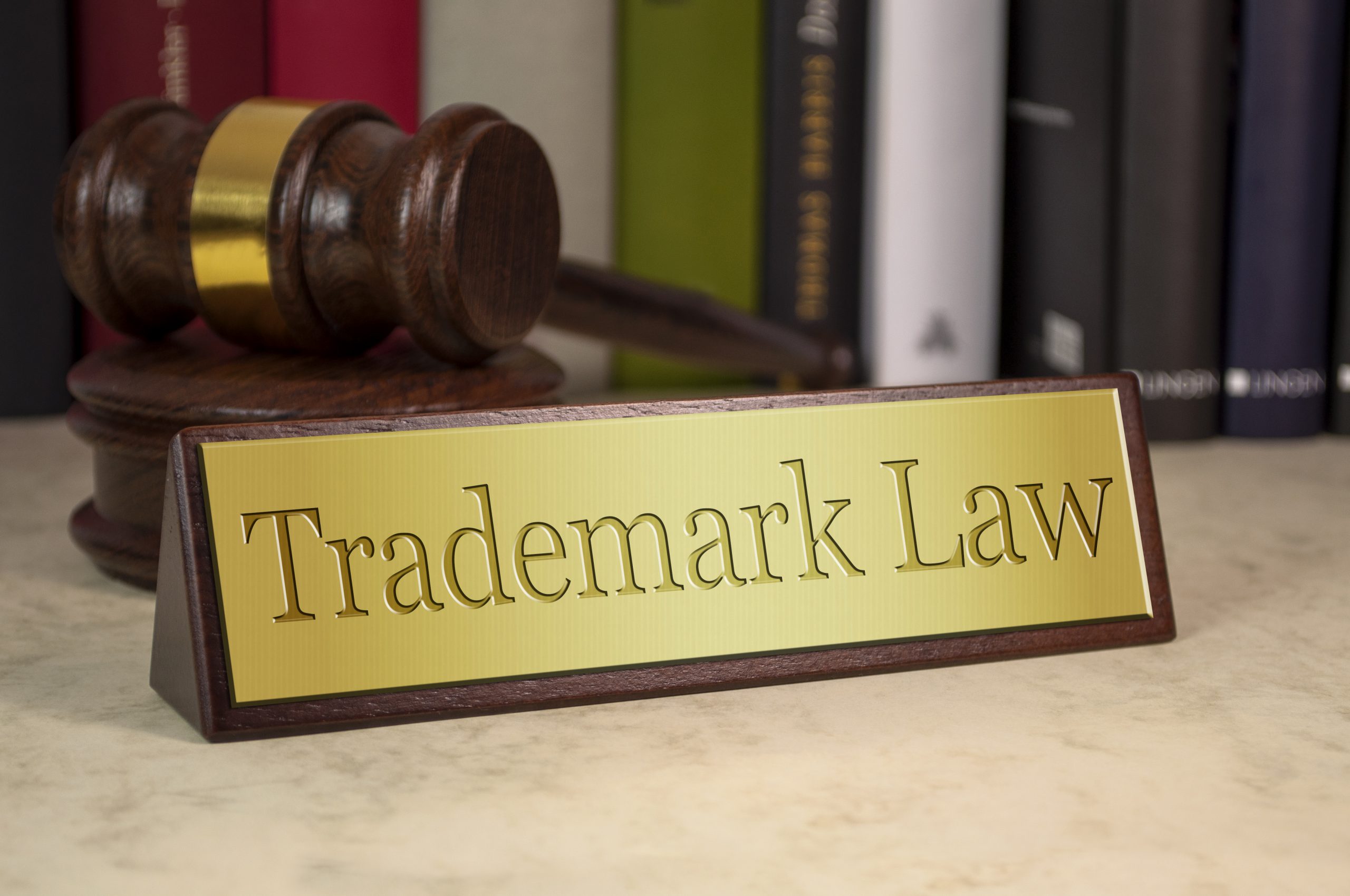“The brief for INTA argues that Job’s Daughters has been abrogated and should no longer be considered good law. The brief also argues that the district court erroneously held that an ornamental use of a trademark cannot give rise to trademark infringement.”
 A case now pending before the Ninth Circuit, LTTB LLC v. Redbubble, Inc., Docket No. 19-16464, has the potential to clarify the controversial doctrine of aesthetic functionality.
A case now pending before the Ninth Circuit, LTTB LLC v. Redbubble, Inc., Docket No. 19-16464, has the potential to clarify the controversial doctrine of aesthetic functionality.
Aesthetic functionality has puzzled courts for decades. Particularly before the U.S. Supreme Court issued its modern guidance on functionality in Inwood Labs., Inc. v. Ives Labs., Inc., 456 U.S. 844 (1982); TrafFix Devices v. Mktg. Displays, Inc., 532 U.S. 26 (2001), and Qualitex Co. v. Jacobson Prods. Co., 514 U.S. 159 (2d Cir. 2009), courts struggled with how to apply the aesthetic functionality doctrine and issued opinions that, in some instances, muddied the already murky aesthetic functionality waters.
Perhaps the most notorious aesthetic functionality case is International Order of Job’s Daughters v. Lindeburg & Co., 633 F.2d 912 (9th Cir. 1980), a case that many observers believed to be abrogated by subsequent Supreme Court and Ninth Circuit opinions but that has recently continued to wreak havoc on trademark law.
Job’s Daughters and the Origins of a Flawed, Unsupported Standard
In Job’s Daughters, the Ninth Circuit, without applying the test for likelihood of confusion, held that a jeweler’s unapproved use of the trademarked insignia of the International Order of Job’s Daughters was not infringing because the insignia served as an aesthetically functional element of the jewelry rather than as a source-identifying trademark. Id. at 920. The court explained that, when members of the International Order of Job’s Daughters wore jewelry displaying the group’s insignia, the insignia served as a collective trademark, identifying members of the group; in contrast, when a jeweler unaffiliated with the group produced jewelry bearing the insignia, the inherently appealing insignia was an aesthetically functional element that served to promote sales of the jewelry itself rather than to identify source or group affiliation. Id. at 918. For that reason, the Ninth Circuit concluded, the jeweler’s manufacture of this jewelry did not constitute trademark infringement.
This application of “aesthetic functionality” was a dramatic expansion of the functionality defense. Job’s Daughters created a backdoor defense to infringement claims and, in doing so, had the potential to immunize trademark counterfeiting whenever trademarks had some arguable aesthetic appeal. As a result, the Ninth Circuit’s holding spurred harsh criticism from other circuits as well as from trademark scholars who characterized Job’s Daughters’ approach as an unsupported means of sidestepping the more nuanced likelihood of confusion analysis and as “too blunt a weapon to serve as a device to solve problems that arise when a trademark is used … in an arguably ‘decorative’ sense.” 1 J. Thomas McCarthy, McCarthy on Trademarks and Unfair Competition § 7:82 (5th ed. Supp. 2019).
Recent Application of Job’s Daughters’ Flawed Standard
Despite this harsh criticism and intervening U.S. Supreme Court and circuit court opinions clarifying the application of aesthetic functionality, Judge Richard Seeborg of the U.S. District Court for the Northern District of California recently relied on the Job’s Daughters’ approach to aesthetic functionality. In LTTB LLC v. Redbubble, Inc., 385 F. Supp. 3d 916 (N.D. Cal. 2019), the court held that Redbubble’s use of LTTB’s federally registered “LETTUCE TURNIP THE BEET” (LTTB) trademark on T-shirts was not infringing because the phrase served an aesthetically functional rather than source-identifying purpose. Without support by record evidence and without engaging in the Sleekcraft analysis, the court found that consumers were attracted to the products bearing the LTTB mark solely because of the pun and not because of LTTB’s reputation as a reliable source. Id. at 920–21. The court therefore granted summary judgment to Redbubble and dismissed LTTB’s claims.
LTTB appealed to the Ninth Circuit. As counsel to amicus curiae International Trademark Association (INTA), Debevoise had the privilege of writing an amicus brief to help clarify the current standard for assessing aesthetic functionality. The brief argues that Job’s Daughters has been abrogated and should no longer be considered good law. The brief also argues that the district court erroneously held that an ornamental use of a trademark cannot give rise to trademark infringement.
Au-Tomotive Gold and the Ninth Circuit’s Aesthetic Functionality Standard
In support of the argument that Job’s Daughters should be relegated to the dustbin of history, the brief reviews the history of the aesthetic functionality doctrine in the Ninth Circuit. Almost immediately after Job’s Daughters, the Ninth Circuit began to narrow the aesthetic functionality defense. For example, in Vuitton et Fils S.A. v. J. Young Enters., Inc., 644 F.2d 769, 773 (9th Cir. 1981), the court rejected an argument that Louis Vuitton’s floral mark was aesthetically functional merely because it was appealing to consumers and contributed to the salability of products. Similarly, the Western District of Washington expressly declined to apply Job’s Daughters and rejected defendant’s argument that use of the Porsche trademark on various accessories was aesthetically functional merely because the mark was inherently appealing. Dr. Ing. h.c.F. Porsche AG v. Universal Brass, Inc., No. C94-792C, 1995 WL 420816 at *4 (W.D. Wa. Feb. 23, 1995). That court characterized Job’s Daughters as limited to a very specific context – infringement claims involving collective marks. Id.
The Job’s Daughters opinion was dealt a fatal blow by intervening U.S. Supreme Court precedents and the Ninth Circuit’s opinion in Au-Tomotive Gold, Inc. v. Volkswagen of America, Inc., 457 F.3d 1062 (9th Cir. 2006). In Au-Tomotive Gold, the Ninth Circuit emphatically rejected the argument that the Volkswagen and Audi trademarks were aesthetically functional because they were inherently pleasing and contributed to the salability of the defendant’s key chains and license plates. Id. at 1069. Instead, the court looked to the U.S. Supreme Court’s decisions in Inwood Labs., TrafFix, and Qualitex, and applied the Court’s two-step test for assessing functionality. Id. at 1072. Under this test, the court first looked to whether the marks were essential to the use or purpose, or contributed to the cost or quality of the products. Then, to assess aesthetic functionality specifically, the court asked whether protection of the Volkswagen and Audi trademarks would impose a significant non-reputation-related competitive disadvantage on other companies. Ultimately, the court found that the Audi and Volkswagen marks were not aesthetically functional and that any disadvantage suffered by Au-Tomotive Gold was reputation related. Id. at 1073-74.
The Au-Tomotive Gold two-step test – not the Job’s Daughters analysis – controls the Ninth Circuit’s analysis for assessing aesthetic functionality today. In a world in which businesses naturally select aesthetically pleasing names, symbols, or designs as their trademarks, it is impossible to truly separate the inherent aesthetic appeal of a mark from its source-identifying properties. Any continued viability of the Job’s Daughters analysis threatens trademark owners’ ability to protect and enforce their marks. We eagerly await the Ninth Circuit’s opinion in LTTB LLC v. Redbubble, Inc., and any further guidance the court issues on the application of the aesthetic functionality defense.
Image Source: Deposit Photos
Image ID: 235666518
Copyright: stockwerk-fotodesign

![[IPWatchdog Logo]](https://ipwatchdog.com/wp-content/themes/IPWatchdog%20-%202023/assets/images/temp/logo-small@2x.png)

![[[Advertisement]]](https://ipwatchdog.com/wp-content/uploads/2023/01/2021-Patent-Practice-on-Demand-1.png)


![[Advertisement]](https://ipwatchdog.com/wp-content/uploads/2024/04/UnitedLex-May-2-2024-sidebar-700x500-1.jpg)
![[Advertisement]](https://ipwatchdog.com/wp-content/uploads/2024/04/Artificial-Intelligence-2024-REPLAY-sidebar-700x500-corrected.jpg)
![[Advertisement]](https://ipwatchdog.com/wp-content/uploads/2024/04/Patent-Litigation-Masters-2024-sidebar-700x500-1.jpg)

![[Advertisement]](https://ipwatchdog.com/wp-content/uploads/2021/12/WEBINAR-336-x-280-px.png)
![[Advertisement]](https://ipwatchdog.com/wp-content/uploads/2021/12/2021-Patent-Practice-on-Demand-recorded-Feb-2021-336-x-280.jpg)
![[Advertisement]](https://ipwatchdog.com/wp-content/uploads/2021/12/Ad-4-The-Invent-Patent-System™.png)






Join the Discussion
One comment so far.
Lee Burgunder
January 17, 2020 10:09 amThanks for alerting us to this litigation. I wrote about this problem several years ago in the article, Opportunistic Trademarking of Slogans: It’s No Clown Issue, Bro, published in the Cordozo Arts & Entertainment Law Journal, and argued that the PTO should only register marks such as the one at issue here when the applicant can demonstrate secondary meaning. My guess is that the district court came to the right result, but arguably, as you said, for the wrong reasons. We can only thank the PTO’s improper registration standard for putting judges in such a difficult bind.